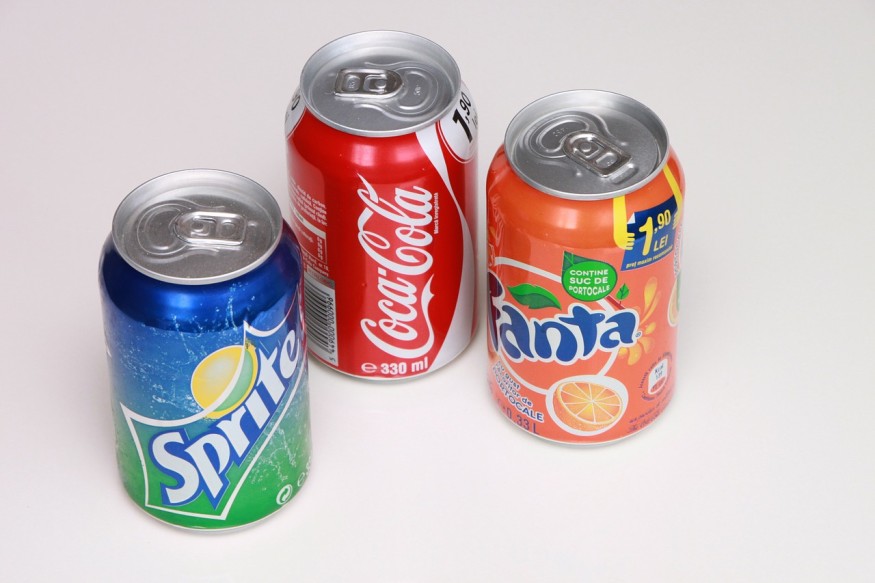
Researchers from the University of North Carolina led a study on how putting cigarette-style graphic health warnings on sugary drinks, such as Coca-Cola products, will affect consumer behavior. Global Circulate reported that labels highlighting cardiovascular disorders and diabetes from consuming too much sugar cuts purchases by almost one-fifth.
The team said that findings showed the powerful impact of using pictures to remind people about the dangers of too much consumption of sugary drinks. The mock-up graphic health warning showed an image of a gangrenous foot caused by diabetes and a damaged heart.
Sugary Drinks With Graphic Health Warnings Make Parents Less Likely to Buy Them
Cigarette-Style Warning Reduced Risks of Excessive Sugar Consumption
For many years, the UK government has been considering the idea of putting graphic health warnings on junk food after tobacco products received such a mandate in 2008. However, critics said that it is a step too far and opens issues on freedom of the citizens.
But the latest study, titled "The Impact of Pictorial Health Warnings on Purchases of Sugary Drinks for Children: A Randomized Controlled Trial" published in the journal PLOS Medicine, showed that parents were less likely to purchase sugary drinks for their children when they see the graphic health warnings.
Researchers created a mock-up supermarket where 325 parents were asked to shop for sodas and fruit juices for their kids. Half of them were exposed to graphic health warnings, while half were not. Aside from the graphic imagery, the sugary drinks were also labeled with a text stating that excess consumption of sugary drinks could lead to type 2 diabetes and heart damage.
Senior study author Professor Lindsey Taillie said that showing warnings reduced sugary drink purchases by 17%, which can be applied in the real world and cut risks of developing chronic diseases. Studies showed that a diet with too much sugar leads to obesity, especially in children.
Obesity is a growing problem in the UK and the US, as more than one-third of young people are considered overweight and are at risk of developing type 2 diabetes, heart disease, and cancer.
ALSO READ: New Study Reveals Commercial Baby Food Full of Sugar, Experts Urge Parents to Prepare Homemade Meals
Proper Amount of Recommended Sugar
Excess consumption of sugar is linked to several preventable diseases, according to Healthline. But how much sugar is too much? Should it be completely avoided to prevent these diseases?
People should first know the difference between added sugar and natural sugar. Nutritionists mostly recommend the consumption of naturally occurring sugars because they contain water, fiber, and micronutrients.
On the other hand, added sugar is not recommended for everyday consumption. Sugar is the main ingredient for candies, processed foods, sugary drinks, and baked products. To optimize one's health, it is best to avoid foods with added sugars or limit consumption by less than 10% of total calories per day.
According to Harvard T.H. Chan, the American Heart Association (AHA) recommends an added sugar limit of fewer than 100 calories or six teaspoons per day for women and less than 150 calories or nine teaspoons per day for men. The general rule of thumb is to avoid all food with added sugar, although the use of alternative sweeteners in foods today could make it challenging to avoid them completely.
Check out more news and information on Nutrition in Science Times.
© 2026 ScienceTimes.com All rights reserved. Do not reproduce without permission. The window to the world of Science Times.












